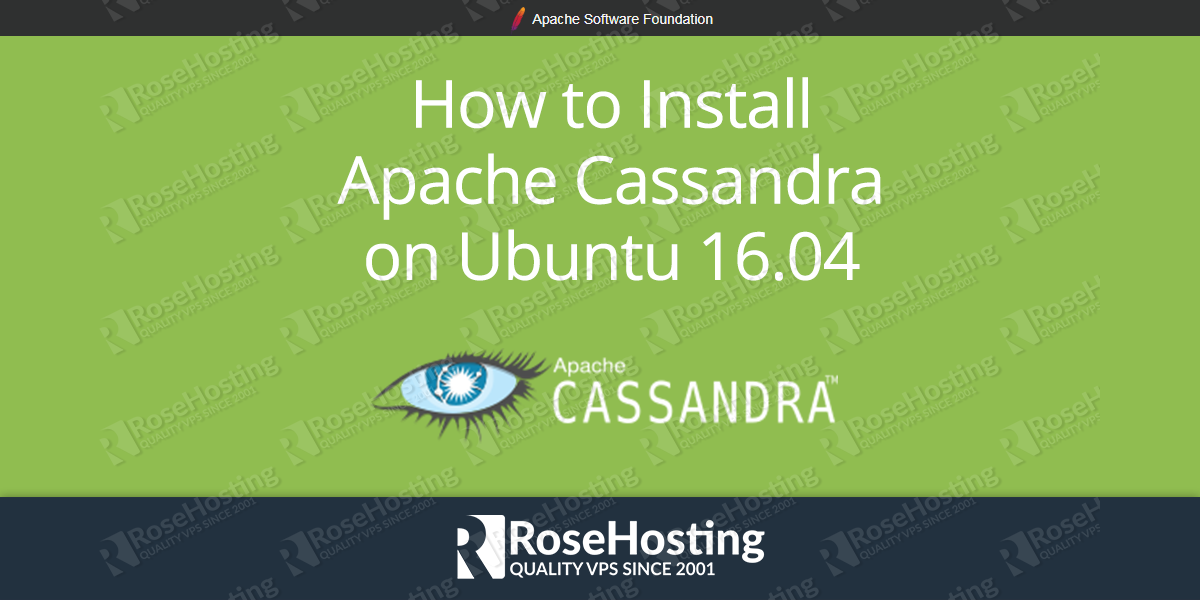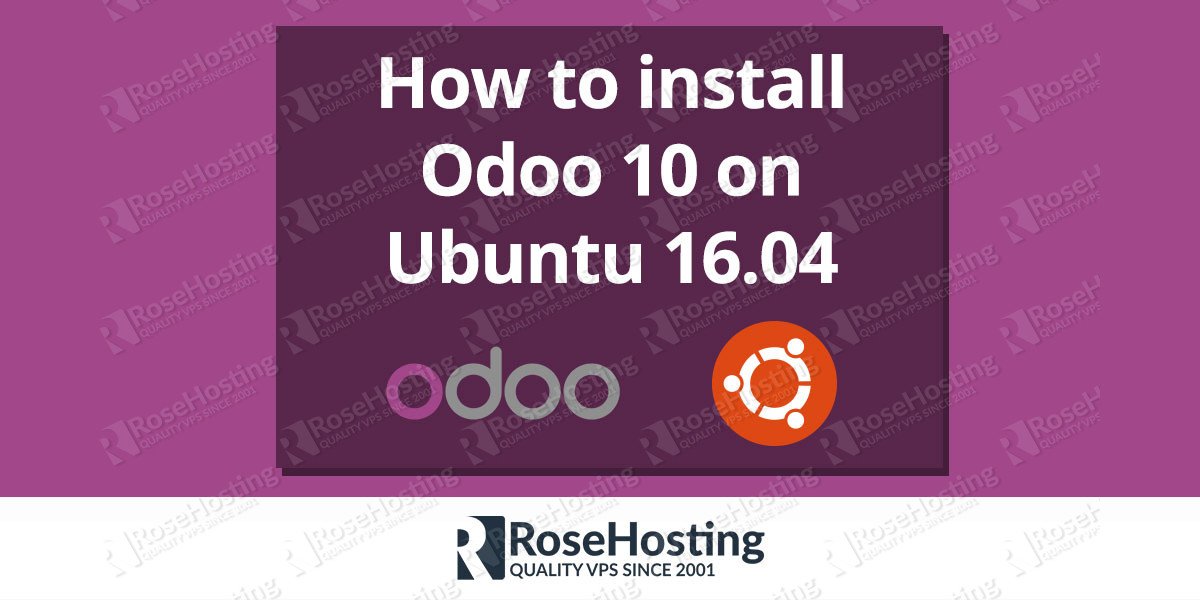We’ll show you, How to Install Graylog Server on Ubuntu 16.04. Graylog is a free and open source, centralized log management tool based on MongoDB and Elasticsearch. Using Graylog you can easily collect and analyze your server logs. Graylog is made up of three components Elasticsearch, MongoDB and Graylog server. Elasticsearch is used to store the logs and provide searching facilities. MongoDB stores the configuration and meta information. Graylog server collects the log messages from different inputs and provides a web interface for managing the logs. Installing Graylog Server on Ubuntu 16.04 is not so complicated and should be done in less then 10 minutes.
 Jeff Wilson
Jeff Wilson
How To Secure LAMP Server
We’ll show you, How to secure LAMP server. The LAMP stack which stands for Linux, Apache, MySQL/MariaDB and PHP/Python/Perl is a very popular combination of free and open-source software used to run millions of websites today. Although many opt for the much efficient LEMP stack based on Nginx instead of Apache, there are still a significant number of users that choose LAMP for their projects. In fact, more than 30% of the active websites today run on top of LAMP. The stack is considered as reliable and very suitable for running high-performance high-availability web applications. Securing LAMP server is not complicated but it is a long process and it should take 15-20 minutes to secure every aspect of the LAMP stack. Let’s dive in!
Getting started with Vesta Control Panel
In this tutorial, we are going to provide you with step-by-step instructions on how to install Vesta control panel on an Ubuntu 16.04 VPS and help you getting started with it. Vesta control panel (VestaCP) is an open source hosting control panel, which can be used to manage multiple websites, creat and manage email accounts, FTP accounts, and MySQL databases, manage DNS records and more.
How to Install Apache Cassandra on Ubuntu 16.04

We’ll show you How to install Apache Cassandra on a Ubuntu 16.04. Apache Cassandra is a NoSQL database management system which is free and open-source. It allows managing large amounts of data with high availability without compromising the performance. Installing Apache Cassandra on a Ubuntu 16.04 is an easy task, just follow the steps bellow and you should have it done in few minutes.
How to install Odoo 10 on Ubuntu 16.04 with Apache as a reverse proxy
We’ll show you, how to install Odoo 10 on Ubuntu 16.04 with Apache as a reverse proxy. Odoo is a web-based open source business software including a number of business applications for Sales, Project and Warehouse Management, CRM, Accounting, Website/eCommerce, Billing, Inventory and thousands of more additional modules developed by the community.
In this guide, we will walk you through a complete Odoo 10 installation on your Ubuntu 16.04 VPS and show you how to configure Apache as a reverse proxy for your Odoo 10. If you follow these instructions properly it should take no longer than 20 minutes to set up an Odoo on your VPS.
Set Up WordPress with Optimal .htaccess Settings
If you are a WordPress user then you probably have met the .htaccess file. The .htaccess file allows you to make configuration changes on a per-directory basis and it is very useful in case you want to enable/disable additional functionality and features for your site. In this tutorial, we are going to show you how to set up a basic WordPress site with optimal .htaccess settings on a VPS running Ubuntu 16.04 as an operating system.
Best Self-hosted eCommerce Software
We’ll explain some of the Best Self-hosted eCommerce Software. Starting a new eCommerce business? Great! The first thing you need to do is find an eCommerce app that’s going to fit your requirements. There are many eCommerce apps out there, which may be overwhelming. That’s why we decided to do this self-hosted eCommerce software list.
Install WordPress with Varnish and Nginx on Ubuntu
We’ll show you how to install WordPress with Varnish and Nginx on Ubuntu. Varnish is a web application accelerator. It redirects the visitors to static pages whenever it is possible. Varnish can be installed and configured to cache the content in front of any HTTP server and it can speed up the delivery up to 300-1000 times.
In this tutorial, we will show you how to increase the loading speed of your WordPress site by setting up Varnish in front of Nginx on an Ubuntu 16.04 server. We assume that you already have LEMP stack (Nginx, MySQL, and PHP) and WordPress installed on your Ubuntu 16.04 server.






